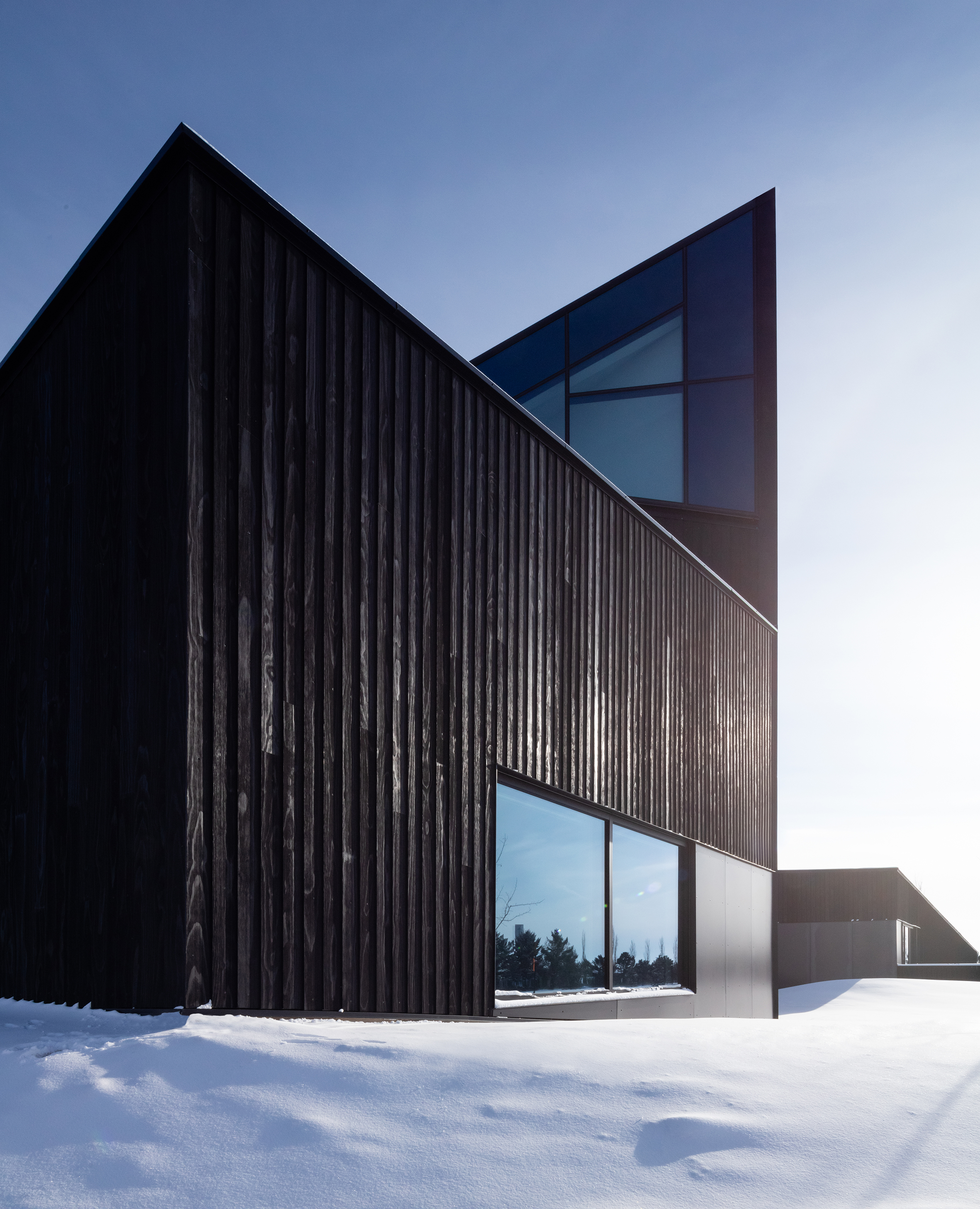Understanding Charred Timber Cladding
Wednesday, November 12, 2025
Charred timber cladding is available in a wide variety of wood species, finishes, and claimed performance characteristics. This guide from the Timber Decking and Cladding Association (TDCA) is designed to help designers navigate the realities of charred timber and evaluate performance claims.
Origins of Charring Timber
Using fire to treat wood is not a modern invention. The technique dates back to 17th century Japan, where it was applied to Japanese cedar (Cryptomeria japonica), the country’s main construction timber. Cedar boards were exposed to flames until their surfaces blackened, then coated with a natural oil. This created a visually striking, water resistant surface. The depth of charring and surface texture varied depending on board thickness and burn intensity. At the time, deeply charred cedar was also believed to resist fungal decay, insect damage, and fire.
Today, charred timber achieves similarly attractive effects but is no longer limited to Japanese cedar. Many timber species can be charred to varying depths and finished with techniques such as brushing, staining, or protective coatings to create a wide range of aesthetics.
Performance Considerations
It should not be assumed that modern charring enhances fire resistance or durability. Research consistently shows that surface charring does not improve timber’s resistance to fungal decay, insects, or fire. If a manufacturer claims these benefits, independent evidence should be provided. Charring should be treated primarily as a decorative finish, and naturally durable timber or alternative protective treatments should be used where durability or fire performance is essential.

Durability
Durability refers to a wood’s ability to withstand biological decay. In the UK, timber used outdoors is most at risk from fungal decay caused by prolonged wetting. Effective design to prevent water accumulation is crucial.
The default service life for external timber cladding in British and European Standards is 30 years. As such, timber with the ability to achieve this service life must be the base material for charring and finishing. This means using either:
• a species with appropriate natural durability (as defined in BS EN 350) such as cedar or a hardwood like cumaru or jarrah or;
• a species where the appropriate durability is achieved by treatment e.g. softwoods like pine or spruce, pressure impregnated with a wood preservative or modified woods like Accoya, Abodo and Thermowood.
Fire Performance of Charred Timber Cladding
Claims that charred timber cladding has flame retardant properties should be treated with caution. The charring process creates a carbon surface layer, but this does not provide a verifiable Euroclass flame retardant rating and is often partially removed during brushing to enhance the grain and prepare for coatings.
Any resistance to ignitability applies only to the board face, the back and cut ends are unaffected. Where fire performance is required, all faces must receive a factory applied flame retardant treatment before finishing, backed by a UKAS accredited reaction to fire test certificate specific to the exact timber species, profile, and installation. The application of flame retardant coatings on site by brush or spray is not recommended because the quality control of the thickness of the coating (and hence its effectiveness) is almost impossible to achieve.
It is the responsibility of the business that supplies the cladding to provide a reaction to fire test certificate for the specific wood species, board profile and installation design that is to be used. A test for a different species, board profile or installation configuration is a contravention of Building Regulations and must never be accepted.
Testing under BS EN 13501-1 has replaced the old BS476 standard. Untreated timber is typically Euroclass D or E, while flame retardant treatments can improve this to Euroclass B or C. The Wood Protection Association offers further technical guidance on these treatments.
Research on Charred Timber
Independent studies have found that charring is primarily a decorative finish rather than a performance upgrade.
• Matthew White (Coventry University, 2017) found no significant improvement in fire performance compared to uncharred timber, although UV resistance was good. Durability against fungal decay or insects was not covered.
• A US Department of Forestry paper entitled Durability and Fire Performance of Charred Wood Siding (by Laura E Hasburg et al) concluded that charring ‘should be thought of as primarily increasing the aesthetics of wood rather than improving the durability or flammability’.

Both studies emphasise that charring should not replace proper detailing, fire protection, or preservation measures. For projects requiring proven fire performance or long-term durability, use naturally durable species, preservative treatments, or approved flame-retardant coatings.
Maintenance
Charred timber is not maintenance-free. Most charred products are finished with a protective coating that preserves the surface. This initial protection lasts several years, but recoating is necessary over time.
Factors affecting maintenance intervals include:
• Exposure to UV light and weather extremes
• Timber species and dimensional stability
• Type of charring finish (crackled, brushed, colour-stained)
• Any additional coatings applied immediately after installation
Following the manufacturer’s installation and maintenance guidance is essential, and these instructions should be passed on to property owners.
Sourcing Charred Timber
High quality charred timber made from naturally durable or modified wood is available from TDCA members, including preservative treated larch and well known modified wood brands.




